4 Reasons For Your Antifoul Paint To Fail
The bottom part of the boat is probably the most important part of your boat. It’s the reason why you’re not sinking and moving fast. Antifouling paint is a type of paint that helps the body of the boat to last long. Whilst that being the primary one, there are several other benefits of it. But there are occasions where this paint fails, and if you knew why it was happening, you would be able to save a lot of money in the long run.Here are 4 reasons probably why your antifoul is failing.
- Being applied on improper surfacesJust like when any other paint has to be applied, antifoul too has to be applied on a plain and clean surface. If not, it could result in adhesion failures, delamination and even flaking in the hull. This is why it is better to do a good sandblasting gold coast sessions before the paint is coated. That will inhabit the best possible environment for the paint to be applied and you will never have to worry about the condition of it for a long time.
- Not letting the paint dry enoughIt is essential that the antifoul dry well before a boat being sailed again. After all it’s a paint; its liquidity has to be transformed into a solid. On the other hand, it is not used as a mere paint but as a protective layer. Hence, even if you let it dry for an extra duration of time, it’s simply not a waste. Not letting the paint dry well enough before taking the boat to waters will be a literal foolish act of dissolving your money for nothing.
- Insuffiecnt layers of coatsIf even decorative paints go 2-3 coats, a protective and chemical coat is ought to go for a few layers deeper. As long as your applicator is a reliable person, they will decide the number of minimum coats that requires for the best results. You should not go minimum than that ever and going an extra coat will be ideal if you’re a daily sailor in strong waters. It is an investment that will save you a lot of money as you go.
- Lower salinity of the watersThe concentration of salt on the waters that you’re sailing your boat matters this defect too. Typically, most of the gold coast Marinas in the Australian border are not as bad as they once were. But then again, due to various industrial wastes and marine life, the salinity of the water changed. Even the tiniest fluctuation can result a fouling and after that, it’s all downhill from there.If you love your boat, make sure that you get a good antifoul coating in the first place, and if you messed it up the first time, consult true professionals the next time; so that the third time won’t come any closer.
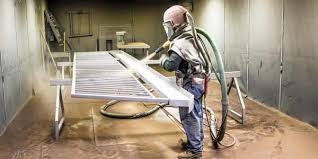
- Lower salinity of the watersThe concentration of salt on the waters that you’re sailing your boat matters this defect too. Typically, most of the gold coast Marinas in the Australian border are not as bad as they once were. But then again, due to various industrial wastes and marine life, the salinity of the water changed. Even the tiniest fluctuation can result a fouling and after that, it’s all downhill from there.If you love your boat, make sure that you get a good antifoul coating in the first place, and if you messed it up the first time, consult true professionals the next time; so that the third time won’t come any closer.
- Insuffiecnt layers of coatsIf even decorative paints go 2-3 coats, a protective and chemical coat is ought to go for a few layers deeper. As long as your applicator is a reliable person, they will decide the number of minimum coats that requires for the best results. You should not go minimum than that ever and going an extra coat will be ideal if you’re a daily sailor in strong waters. It is an investment that will save you a lot of money as you go.
- Not letting the paint dry enoughIt is essential that the antifoul dry well before a boat being sailed again. After all it’s a paint; its liquidity has to be transformed into a solid. On the other hand, it is not used as a mere paint but as a protective layer. Hence, even if you let it dry for an extra duration of time, it’s simply not a waste. Not letting the paint dry well enough before taking the boat to waters will be a literal foolish act of dissolving your money for nothing.






 It was found in a warThis might sound crazy, but this Chinese natural medicine was found in a war. Most things seem to come out as a result of a war, but this is one the most unexpected one’s ever! According to the stories told back then on the origin of this treatment method it has been recorded that Chinese soldiers had found that certain arrows sticking through their bodies actually brought them relief from different aches and pains rather than the opposite. Lucky them though that they got hit in the right points, otherwise it would have certainly caused some weird traumatizing scenes to witness for the others!There is over a thousand points to stick arrows through Okay so no one wants arrows to be stuck through them, but ever since the technique was discovered it was found out that there are over thousand to two thousand acupuncture Melbourne points in our bodies. And of these there are around eight to eighteen points in the body that is used in order to heal ailments and pains.
It was found in a warThis might sound crazy, but this Chinese natural medicine was found in a war. Most things seem to come out as a result of a war, but this is one the most unexpected one’s ever! According to the stories told back then on the origin of this treatment method it has been recorded that Chinese soldiers had found that certain arrows sticking through their bodies actually brought them relief from different aches and pains rather than the opposite. Lucky them though that they got hit in the right points, otherwise it would have certainly caused some weird traumatizing scenes to witness for the others!There is over a thousand points to stick arrows through Okay so no one wants arrows to be stuck through them, but ever since the technique was discovered it was found out that there are over thousand to two thousand acupuncture Melbourne points in our bodies. And of these there are around eight to eighteen points in the body that is used in order to heal ailments and pains. 




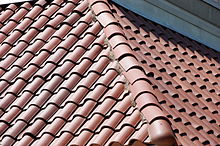
 Get your work started. When you take assistance from the experts who very well know what you need and will provide you with the best effort then you have no stress. Whether it just a repair, painting or rebedding roof tiles you can trust on them to provide you with the quality services because they know exactly what your requirement is and understand the needful of your requirement. And when it comes to building your roof so it can withstand any calamity you need some good strong material and tiling layers to keep them strong and long lasting giving you comfort as well as satisfaction. Get the best for your house. Your house needs the right attention and maintenance if you expect some comfort and satisfaction from it. And to get that you need to make sure everything is under control and looked into with expert help.
Get your work started. When you take assistance from the experts who very well know what you need and will provide you with the best effort then you have no stress. Whether it just a repair, painting or rebedding roof tiles you can trust on them to provide you with the quality services because they know exactly what your requirement is and understand the needful of your requirement. And when it comes to building your roof so it can withstand any calamity you need some good strong material and tiling layers to keep them strong and long lasting giving you comfort as well as satisfaction. Get the best for your house. Your house needs the right attention and maintenance if you expect some comfort and satisfaction from it. And to get that you need to make sure everything is under control and looked into with expert help.


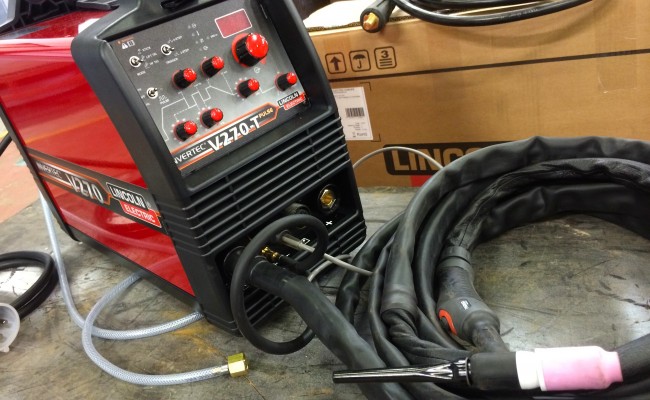


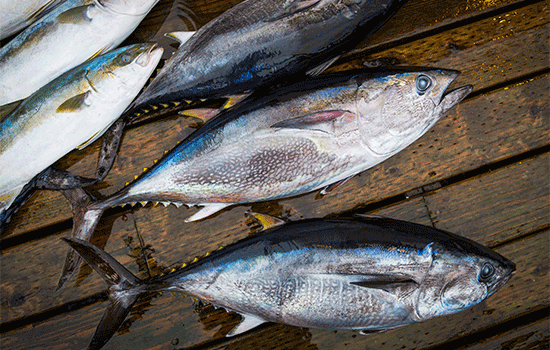

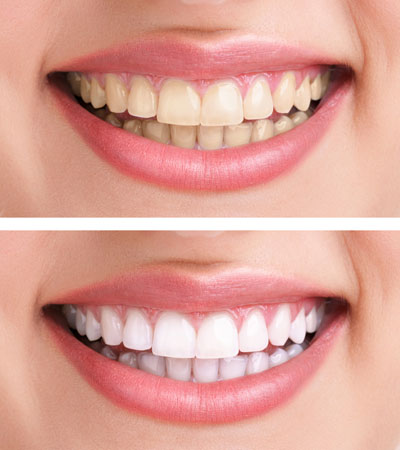
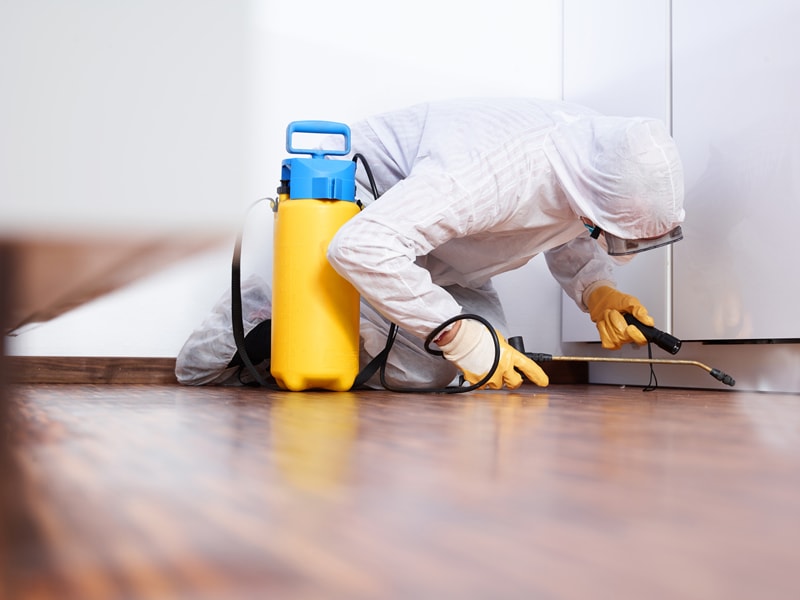 House examination
House examination